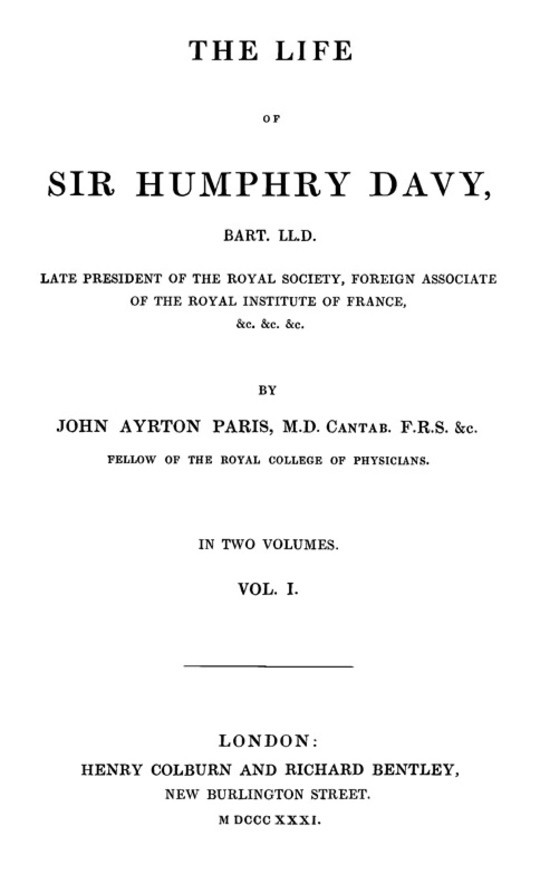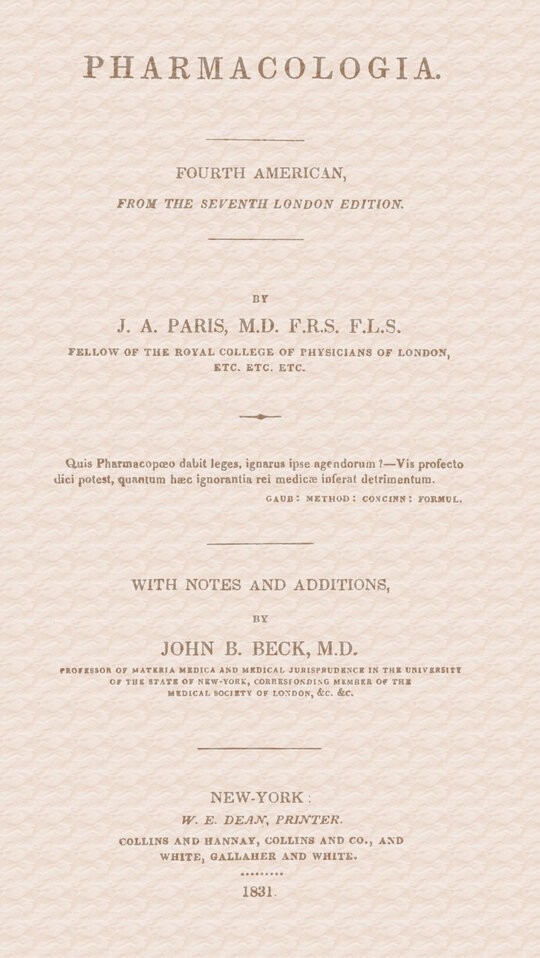
Medical Jurisprudence, Volume 2 (of 3)
Free
Description
Contents
Reviews
Language
English
ISBN
Unknown
MEDICAL JURISPRUDENCE.
Medical Jurisprudence. PART III continued.
3. OF HOMICIDE GENERALLY.
OF REAL AND APPARENT DEATH.
OF THE PHYSIOLOGICAL CAUSES, AND PHŒNOMENA OF SUDDEN DEATH.
SYNCOPE: In which the pulsations of the heart cease, before the action of the respiratory organs.
SUFFOCATION.
2. BY HANGING:
3. BY MANUAL STRANGULATION.
4. BY SMOTHERING.
5. BY THE INHALATION OF AIR DEPRIVED OF OXYGEN.
6. BY OTHER MODES, NOT INCLUDED IN THE FOREGOING SECTIONS.
8. DEATH BY EXPOSURE TO COLD.
DEATH BY THE AGENCY OF HEAT.
DEATH BY LIGHTNING.
DEATH BY STARVATION.
THE APPLICATION OF THE PHYSIOLOGICAL FACTS ESTABLISHED IN THE PRECEDING CHAPTERS, TO THE GENERAL TREATMENT OF ASPHYXIA.
On the manner of producing artificial respiration.
Application of Heat.
TREATMENT OF PARTICULAR CASES OF ASPHYXIA.
CASE I. Wherein the action of the heart fails before that of the respiratory organs.
CASE II. Wherein the function of respiration ceases, while the heart continues to circulate black blood.
OF THE CORONER’s INQUEST.
SUICIDE.
OF MURDER GENERALLY.
“By imprisoning a man so strictly that he dies, and therefore where any dies in gaol[95] the coroner ought to be sent for to enquire of the manner of his death.”[96]
OF POISONS, CHEMICALLY, PHYSIOLOGICALLY, AND PATHOLOGICALLY CONSIDERED.
OF SLOW, CONSECUTIVE,[135] AND ACCUMULATIVE POISONING.
GENERAL REMARKS ON THE MEDICAL EVIDENCE REQUIRED TO SUBSTANTIATE AN ACCUSATION OF POISONING.
Q. 1. Whether all, or most of the symptoms, characteristic of the action of corrosive and narcotic poisons, may not arise from morbid causes of spontaneous origin?
Q. II. Whether organic lesions, similar to those produced by poisoning, may not occasionally result from natural causes?
Q. 3. Whether the rapid progress of putrefaction, in the body, generally, or in any particular part, is to be considered as affording presumptive evidence, in support of an accusation of poisoning?
Q. IV. How far the absence of poison, or the inability of the chemist to detect it, in the body, or in the fluids ejected from it, is to be received as a negative to an accusation of poisoning?
Q. V. What degree of information can be derived from administering the contents of the stomach of a person supposed to have been poisoned, to dogs, or other animals?
ON THE CLASSIFICATION OF POISONS.
A CLASSIFICATION OF THE DIFFERENT MODES BY WHICH POISONS PRODUCE THEIR EFFECTS.
MINERAL POISONS.
Cl. 1. CORROSIVE POISONS.
ARSENIC.
Mercury.
Antimony.
Copper.
Tin and its Muriate.
Zinc.
Silver.
The Concentrated Acids.
Boiling Water.
Melted Lead.
The Caustic Alkalies.
The Caustic Alkaline Earths.
Cantharides. Spanish Flies—Blistering Flies. (Cantharis Vesicatoria, Sp. 1, of Latreille.)[337]
Phosphorus.
Mechanical Poisons—Powdered glass—Enamel powder—Chopped hair, &c. &c.
CL. II. ASTRINGENT POISONS.
Lead.
Sugar of Lead—Saccharum Saturni—Cerussa Acetata—Plumbi Super-acetas.
Goulard’s Extract. Liquor Plumbi Sub-acetatis.
White Lead. Sub-Carbonate of Lead. Cerusse.
Litharge. Semi-vitrified Oxide of Lead.
Red Lead. Minium.
VEGETABLE POISONS.
Cl. III. ACRID, or RUBEFACIENT POISONS.
Camboge or Gamboge.
White Hellebore.[402] Veratrum Album. (Polygamia—Monæcia—Nat. Ord. Coronariæ. Linn.—Junci. Juss.)
Black Hellebore. Melampodium. Christmas-rose. (Polyandria Polygynia. Nat. Ord. Multisiliquæ, Linn. Ranunculaceæ, Juss.)
Fœtid Hellebore. Helleborus Fœtidus. Helleboraster.
Elaterium. Wild, or squirting Cucumber. Momordica Elaterium (Monæcia Monadelphia. Nat. Ord. Cucurbitaceæ.)
Colocynth. Coloquintida; Bitter Apple.
Euphorbium. Euphorbia Officinarum (Dodecandria Trigynia. Nat. Ord. Tricoccæ Lin. Euphorbiæ Juss.)
Savine. Juniperus Sabina. (Diæcia Monadelphia—Nat. Ord. Coniferæ.)
Aconite. Monkshood. Aconitum Napellus (Polyandria Trigynia—Nat. Ord. Multisiliquæ, Linn. Ranunculaceæ, Juss.)
Nitre. Nitrate of Potass.
Cl. IV. NARCOTIC POISONS.
Opium, and its Preparations.
Black Henbane. Hyoscyamus Niger. (Pentandria Monogynia. Nat. Ord. Luridæ Linn. Solaneæ Juss.)
Prussic Acid. Hydro-cyanic Acid.
Cl. V. NARCOTICO-ACRID POISONS.
Deadly Nightshade. Atropa Belladonna. (Pentandria Monogynia. Nat. Ord. Luridæ Linn. Solanaceæ. Juss.)
Stramonium. Thorn-Apple. James-town Weed. Datura Stramonium (Pentandria Monogynia. Nat. Ord. Solanaceæ, Linn. Solaneæ, Juss.)
Tobacco. Nicotiana Tabacum. (Pentandria Monogynia. Nat. Ord. Luridæ, Lin. Solaneæ, Juss.)
Hemlock. Cicuta.[453] Conium[454] Maculatum (Pentandria Digynia. Nat. Ord. Umbellatæ.)
Nux Vomica. This is the seed of the Strychnus Nux Vomica (Pentandria Monogynia, Nat. Ord. Apocyneæ, Juss.)
Cocculus Indicus.
Poisonous Mushrooms.
Alcohol.
ANIMAL POISONS.
Cl. IV. SEPTIC POISONS.
The Bites of Venomous Animals.
Putrescent Animal Matter.
Poisonous Fishes.
AERIAL POISONS.
OF HOMICIDE BY MISADVENTURE OR ACCIDENT.
Footnotes
The book hasn't received reviews yet.







